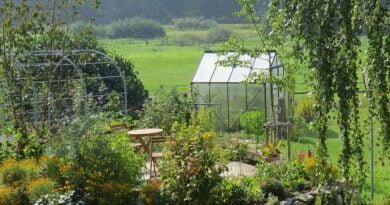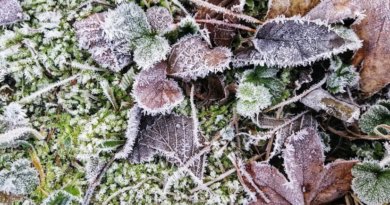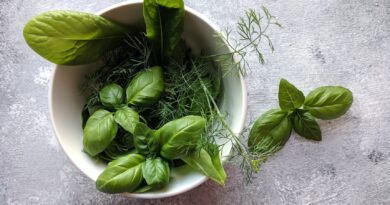Digging Into June: Essential Allotment Jobs for June
June is one of the most exciting months on the allotment. The sun rises early and sets late, bathing the plot in long hours of warmth and light. Everywhere you look, there is growth, colour, and life. Birds sing from hedgerows, bees move from bloom to bloom, and the soil feels alive beneath your boots.
But with all this energy comes responsibility. June is a busy month for allotment gardeners. The rewards of earlier work are beginning to show, but success through the rest of the season depends on what you do now. From sowing and planting to watering, weeding and harvesting, every task this month makes a difference. Let’s walk through everything your plot needs in June to thrive.
Planting Out: Give Plants Their Summer Home
For many gardeners, June marks the final stage in the journey from seed to soil. Most tender crops are now strong enough to be planted out, and with the risk of frost gone, it is finally safe to do so.
What to plant out in June:
- Tomatoes (if growing outside): Choose a sunny, sheltered spot and support them with stakes or cages.
- Courgettes, pumpkins and squash: These need space, rich soil, and plenty of sun. Add compost to planting holes and water well.
- Sweetcorn: Plant in blocks rather than rows so they can pollinate properly with the wind. Each stalk needs a companion nearby.
- Beans: Both runner and French beans can go out now. Provide poles, canes or a wigwam for support.
- Brassicas: If you started cabbage, kale, broccoli or cauliflower indoors or under cover, now is the time to plant them out. Cover with netting to protect from pigeons and cabbage white butterflies.
Make sure to harden off any remaining plants by gradually exposing them to outdoor conditions over several days. Water thoroughly before and after planting to help them settle in.
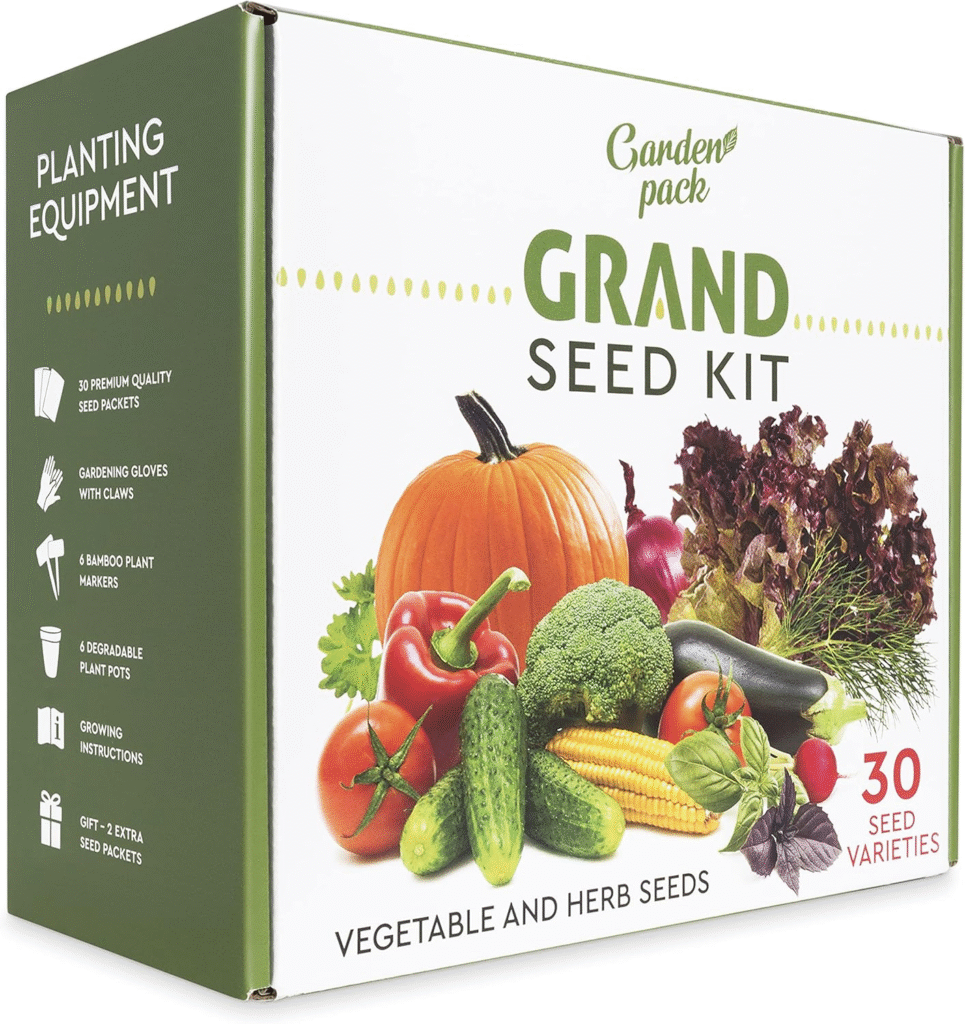
Succession Sowing: Keep the Harvest Flowing
June is not only about planting out. It is also prime time for succession sowing. This is the key to avoiding a glut followed by a gap. By sowing small batches of certain crops every few weeks, you ensure a steady supply rather than everything ripening at once.
Good choices for succession sowing in June include:
- Lettuce and salad leaves: Choose cut-and-come-again varieties for quick results.
- Radishes: Fast-growing and ideal for tucking into spaces between other crops.
- Spring onions: Mild and perfect for salads.
- Beetroot: Try sowing every two to three weeks for a continuous crop.
- Carrots: Choose a fast-maturing variety to enjoy fresh baby carrots in late summer.
Sow directly into well-prepared soil, keep the rows moist, and thin seedlings as they grow. These smaller jobs are quick but make a huge impact on the continuity of your harvest.
Weeding: Stay Ahead of the Game
Weeds love June just as much as your vegetables do. The warm temperatures and regular watering give them the perfect environment to take off. Let them get too far ahead and they will compete for light, nutrients, and water.
The good news is that weeding little and often is both effective and manageable. A short session with a hoe on a dry day can clear a surprising amount. Pay close attention to areas around young seedlings where weeds can quickly crowd them out.
Mulching with organic matter like compost or straw can help suppress weed growth while also keeping the soil moist. Mulches also improve soil structure and feed the microbes your plants depend on.
Watering: Timing is Everything
June can bring hot spells, especially in sheltered plots. Keeping your crops hydrated is essential, particularly for young plants and thirsty varieties like courgettes and beans.
The best time to water is early in the morning or in the evening once the sun is low. This helps avoid evaporation and gives the water time to soak down to the roots. Water deeply and less often, rather than giving a light sprinkle every day. Deep watering encourages roots to grow downward, which builds resilience in dry spells.
Consider setting up water butts if you have not already. They collect rainwater from shed or greenhouse roofs and provide a sustainable alternative to mains water.
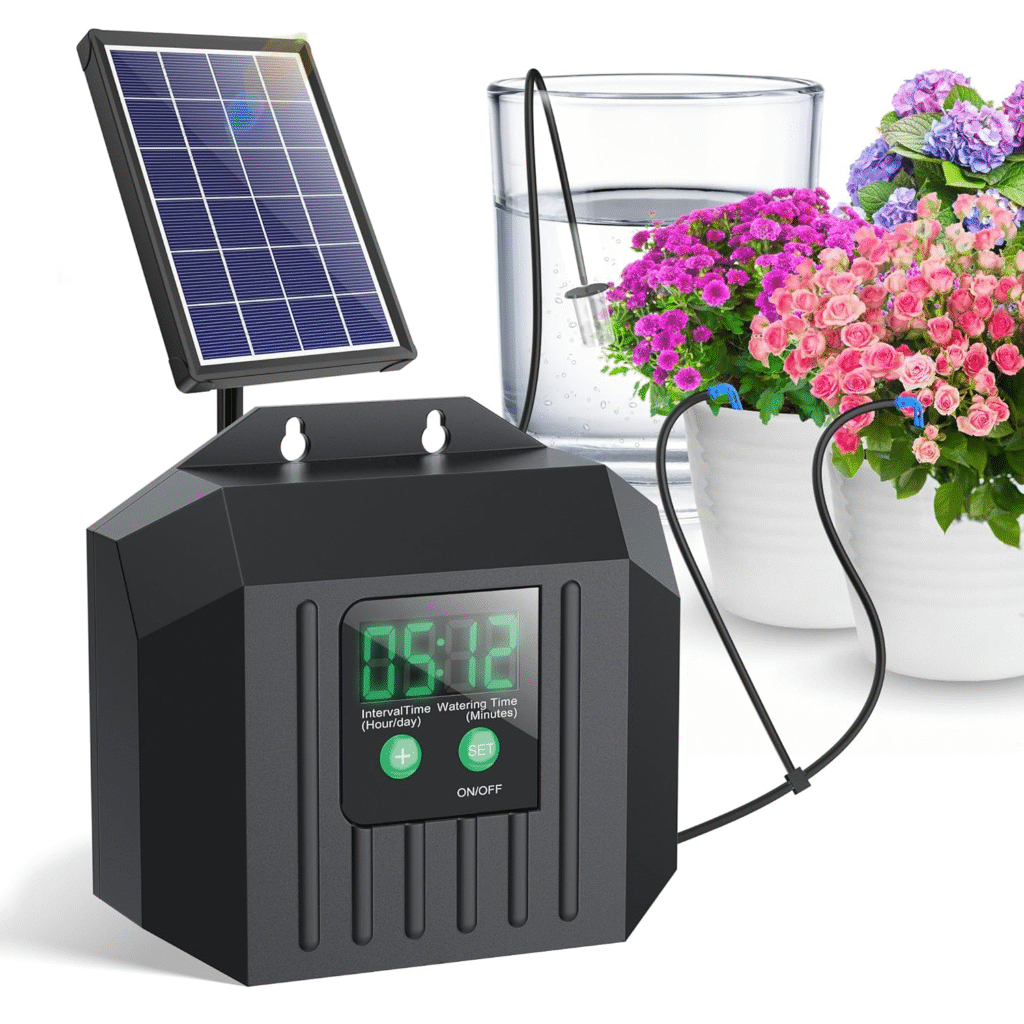
Feeding: Boost Hungry Plants
Now that many crops are growing vigorously, some will begin to show signs of needing an extra feed. Tomatoes, cucumbers and courgettes, in particular, are heavy feeders. Once flowers appear, they benefit from regular feeding with a potassium-rich fertiliser like tomato feed.
If you have compost, well-rotted manure, or comfrey tea, these make excellent natural options. Feed once a week for fruiting crops and watch as flowers turn into the first fruits of summer.
Supporting and Training: Help Plants Reach Their Potential
June is a critical month for training and supporting climbing plants. Beans will need poles or trellises. Peas benefit from netting or string. Tomatoes should be tied gently to their stakes as they grow taller. Side shoots on cordon tomatoes should be pinched out regularly to keep growth focused on fruit production.
Squash and cucumbers may need guiding along the ground or up supports. Early intervention keeps plants tidy and productive. Use soft ties or garden twine to avoid damaging stems.
Pests, Birds, and Diseases: Stay Vigilant
With warm weather and lush growth, pests are more active. Keep a close eye out for signs of trouble.
- Aphids can gather on soft new shoots. Blast with water or squash by hand if the numbers are small.
- Slugs and snails may still be lurking under leaves or boards. Use beer traps, copper tape or nighttime patrols to keep them in check.
- Cabbage white butterflies are active in June. Net brassicas or check leaves regularly for yellow eggs and green caterpillars.
Early detection is key. Healthy plants are more resistant to pests, so keeping them watered, fed and stress-free is your best defence.
Hungry birds can damage fruit, seedlings, and young plants. Strawberries, currants, and peas are particular favourites. Use netting to protect your crops, but make sure it’s taut and well-secured to prevent birds from getting tangled. Lightweight mesh or purpose-made fruit cages work well.
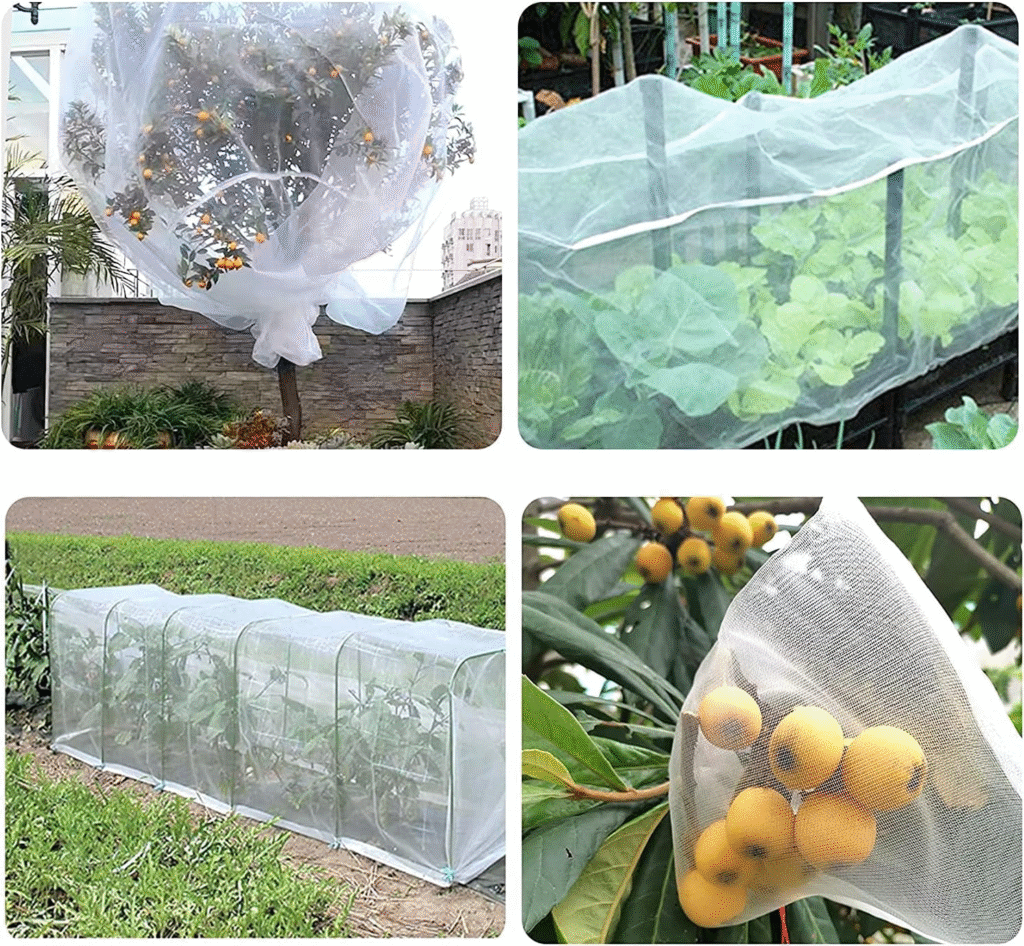
Harvesting: Taste the First Fruits of Summer
Finally, June is a time of joy as the first real harvests begin. Strawberries often reach their peak now, and few experiences match the taste of a warm, sun-ripened berry fresh from the plant. Early potatoes can be lifted, peas are sweet and crisp, and broad beans are plumping up in their pods.
You might also be picking radishes, lettuce, spring onions and the first courgettes. Harvest little and often to keep plants productive. Many crops, such as peas and beans, produce more when picked regularly.
A Final Word: Enjoy the Magic
With all this activity, it can be easy to focus only on the tasks. But June is a time to stop and take it all in. Walk your plot with a cup of tea in hand. Notice the ladybirds, the pattern of leaves, the slow development of fruit. Let your senses guide you. Gardening is not only about productivity but also about connection to nature, to the seasons, and to the satisfaction of growing your own food.
As you weed, sow, and water your way through June, remember that everything you do now lays the groundwork for the abundance of July, August, and beyond. Your allotment is coming into its own, and so are you.


